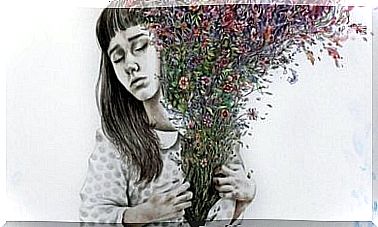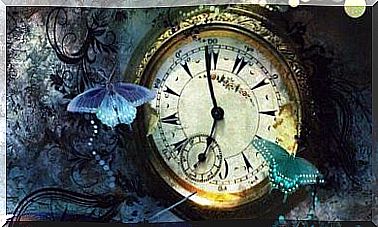Paranoid Schizophrenia: Its Definition, Causes, And Treatment

You’ve probably heard someone say “I’m feeling paranoid” more than once. It’s not uncommon for us to use the term “paranoid” for someone who thinks someone is chasing them, trying to hurt them, making fun of them, or being against them. But academically, the term paranoid is more than that. In this article we are going to talk about a subtype of psychosis, paranoid schizophrenia.
Historically, the term “psychotic” has been defined in various ways, and none of these definitions has been universally accepted. We know “psychotic” as a person with a specific set of symptoms that fall into two broad groups: positive and negative symptoms. Let’s look at them in detail.
Schizophrenia, a serious mental illness
The DSM-5 (Diagnostic and Statistical Manual of Mental Disorders) defines schizophrenia as “two (or more) of the following [symptoms], each present for a significant portion of the time for a period of 1 month (or less if successfully treated)”. These symptoms include the following: delusions, hallucinations, confused speech, severely disorganized or catatonic behavior, and negative symptoms.

Positive symptoms are an excess or distortion of normal functions while negative symptoms is a decrease or loss of normal functions. Positive symptoms include distortions of reality (often called delusions, including those “paranoid” ideas we discussed earlier). They also include hallucinations, disorganized speech, severely disorganized behavior.
On the other hand, negative symptoms include the following. Limitations in the magnitude and intensity of emotional expression, loss of fluency and productivity of thought and language (alogy), and absence of willpower (abulia).
Delusions
Delusions are false beliefs that usually stem from a misinterpretation of experiences or perceptions. It can be about many things (for example, persecution, self-reference, illness, religion, or megalomania). Persecution delusions are the most common.
A person who suffers from persecution delusions (they are paranoid or have paranoid ideas) believes that someone is harassing, chasing, cheating, spying on or ridiculing them. Self-referential delusions are also common: this is when the person believes that certain gestures, comments, passages from books, newspapers, songs, or other elements of the environment are especially intended for them.
Although strange delusions are considered typical of schizophrenia, whether it is an abnormality can be difficult to assess, especially in different cultures. Delusions are classified as strange if they are clearly improbable and incomprehensible and if they do not come from ordinary life experiences (for example, thinking that someone has planted a microchip under their skin to “spy on” their movements).
Another example of a delusion is the belief that a strange creature has stolen its internal organs and replaced them with those of another person without leaving wounds or scars. Delusions that express a loss of control over the body or mind are generally considered strange.
Delusions can cause social, relational or work problems. People with delusions can understand the arguments of others and find their ideas irrational. However, they cannot accept it. These people can get very irritated. At the same time, this irritability may be a response to their misleading beliefs.
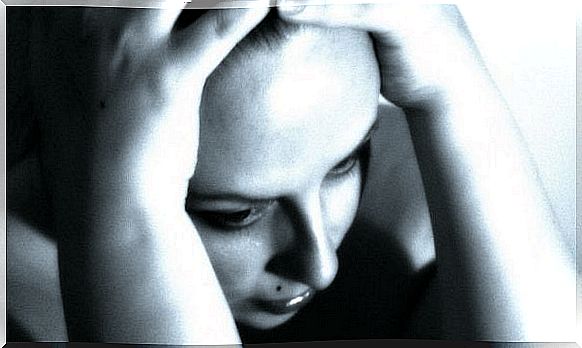
Psychosis or paranoid schizophrenia
There are several types or subtypes of schizophrenia according to the DSM-5:
- Paranoid
- Disorganized
- Catatonic
- During childhood
- Schizoaffective
As we’ve said before, in this article we’re going to focus on paranoid schizophrenia.
Characteristics of paranoid schizophrenia
The main features of paranoid schizophrenia are marked delusions or auditory hallucinations. However, the person has no problems with the flow of thoughts or emotions. In general, delusions involve persecution, grandeur, or both, but they can also be presented with a different theme (e.g., jealousy, religiosity, or illness).
There can be multiple delusions in paranoid schizophrenia, but they usually have a cohesive theme. It is also common for hallucinations to be related to the theme of the delusions.
Symptoms associated with paranoid schizophrenia
Associated symptoms include anxiety, anger, withdrawal, and a tendency to argue. People who suffer from this can radiate a sense of superiority and condescension. They can also be pompous, dull, unnatural or extremely fierce in personal relationships.
The sense of persecution can predispose them to suicide, and the combination of persecution and megalomania with anger can lead them to act violently (although this is not necessarily the case, it varies from person to person).
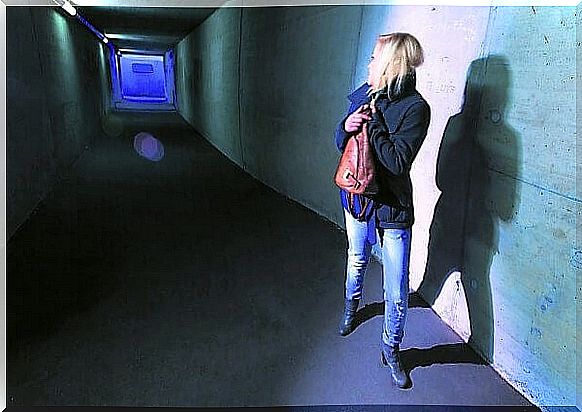
In this sense, spontaneous or unexpected aggression is rare. Aggression is more common in young men and in individuals with a history of violence, difficulties in therapy, substance abuse, and impulsivity. In any case, we must make it clear that the majority of people with schizophrenia are not aggressive. In addition, they are more often victims of aggression or abuse than people without schizophrenia. They are more likely to be potential victims than potential aggressors.
The onset of paranoid psychosis more often occurs later than in other types of schizophrenia. Also, the characteristics can stabilize over time. Some data suggests that the outlook for people with paranoid schizophrenia is significantly better than for other types of schizophrenia. In general, these people are usually able to lead a life with a high degree of autonomy.
What are the causes?
The causes are still not completely clear and are also controversial. In any case, there are some risk factors, such as:
- Environmental factors : The season in which a person is born can be a factor, such as late winter or early spring in certain areas. Schizophrenia and related disorders are more common in children growing up in urban environments, as well as in some minority ethnic groups.
- Genetic Factors : Genetic factors are very important beneficiaries of schizophrenia. It arises from both common and rare gene mutations. These mutations are also associated with other mental disorders, such as bipolar disorder, depression, and autism spectrum disorder.
- Physiological Factors : Pregnancy complications and delivery with hypoxia (lack of oxygen), and older paternal age increase the risk of schizophrenia. In addition, other negative prenatal and perinatal situations, such as stress, infection, malnutrition, maternal diabetes, and other medical conditions may be associated with schizophrenia. However, the vast majority of children with these risk factors do not develop schizophrenia.
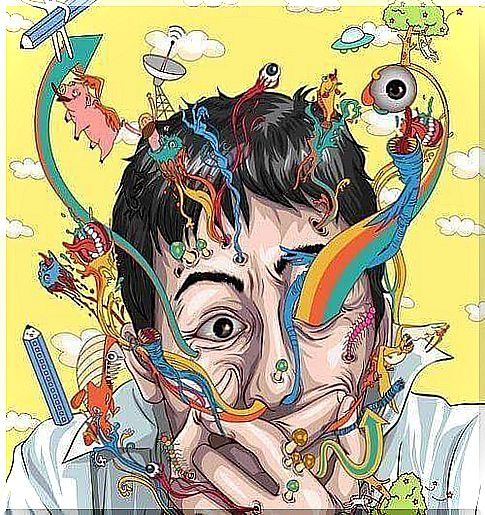
Treatment of paranoid psychosis
Chronic paranoid psychosis is treated with a combination of drugs, mainly neuroleptics, antipsychotics, anxiolytics, and psychotherapy support. However, patients rarely receive proper treatment because they are unaware of the disease. They feel bad, but think it’s because of what’s happening to them, not something in their head. They require pharmacological treatments throughout their lives. In severe cases, hospitalization should be considered.
As we have seen, paranoid type schizophrenia has different characteristics than other types of schizophrenia. Delusions of persecution, greatness, or both are common. However, they are more or less able to reason logically, which allows them to have a high degree of autonomy.
Bibliography :
American Psychiatry Association (2014). Manual diagnosis y estadístico de los trastornos mentals (DSM-5), 5ª Ed. Madrid: Editors Médica Panamericana.
Chinchilla Moreno A. Las esquizophrenias. Barcelona: Elsevier Masson; 2007.






